About 300 Maritime Self-Defense Force sailors will leave Friday for Kuwait aboard an MSDF transport ship and a destroyer escort to deliver equipment and goods for troops being deployed to southern Iraq.
It is the latest addition to the Self-Defense Forces' fledgling history of overseas activities that started in 1991 with a mine-sweeping mission following the Gulf War.
Currently, there are about 600 MSDF sailors engaged in refueling activities in the Indian Ocean to help the U.S-led coalition combating terrorism, and 170 more are now en route back to Japan after an annual three-month observation mission in Antarctica.



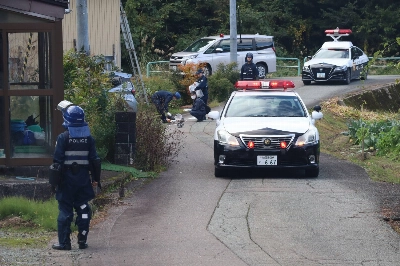

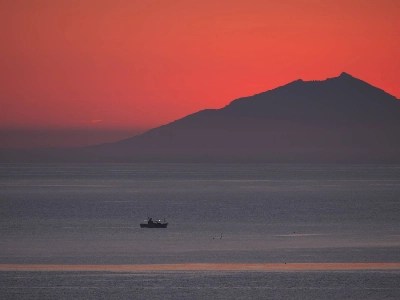
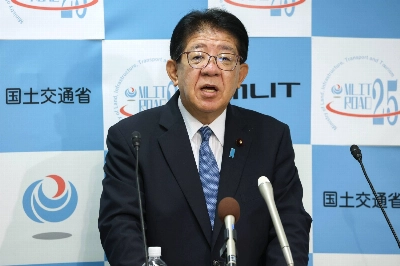
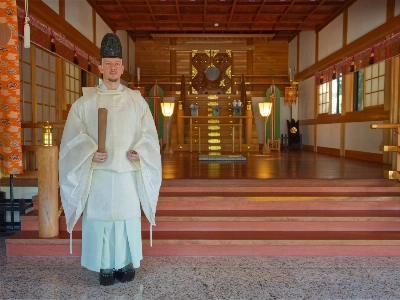

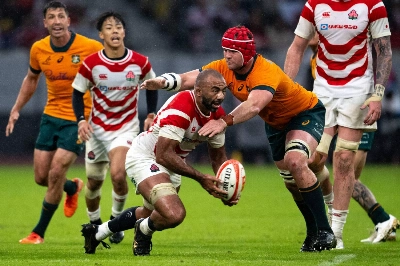

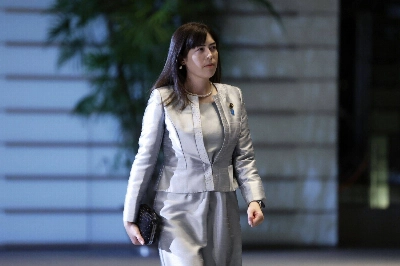






With your current subscription plan you can comment on stories. However, before writing your first comment, please create a display name in the Profile section of your subscriber account page.